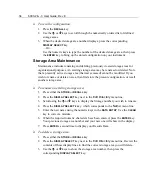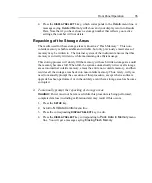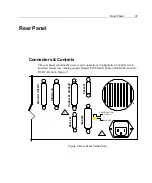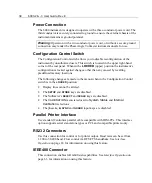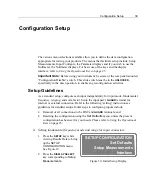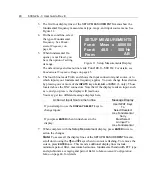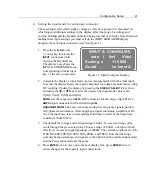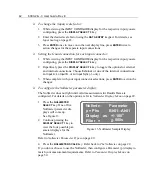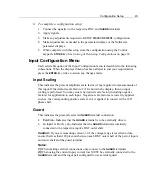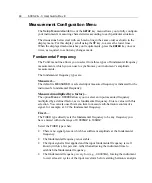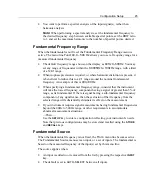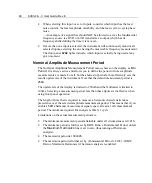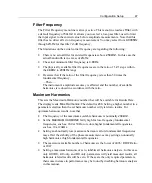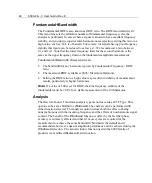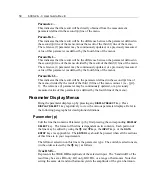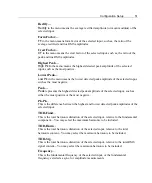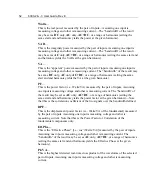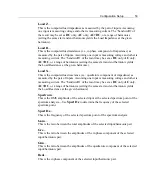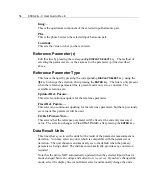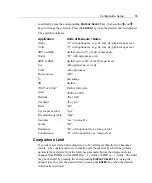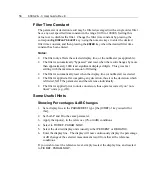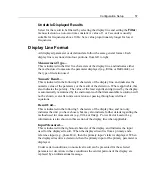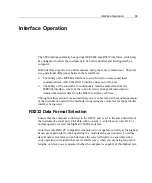
48
6000-2 & -3 User Guide, Rev E
Fundamental
÷÷
Bandwidth
The
Fundamental
÷
BW
is also known as RBW ratio. The RBW ratio default is
2:1
.
This menu line sets the minimum number of fundamental frequency cycles the
analysis is performed. In cases where a signal is known to have excellent frequency
stability, and you desire superior inter-harmonic noise rejection, setting this ratio to a
high value, such as, 20:1 is of benefit. Conversely, for signals having poor frequency
stability this figure can be reduced to as low as 1. We recommend a ratio between
2:1 and 10:1. Note that the lower frequency limit for the second harmonic is the
same as the upper frequency limit on the fundamental amplitude measurement.
Fundamental
÷
Bandwidth characteristics are:
•
The bandwidth for any harmonic is given by Fundamental Frequency / RBW
ratio.
•
The maximum RBW available is 4096 / Maximum Harmonic.
•
Setting the RBW ratio to a high value may result in instability of measurement
results, particularly at higher harmonics.
Note:
If a value of
100
is set for RBW, then the frequency stability of the
fundamental must be
<0.1%
for a stable measurement of the 10th harmonic.
Analysis
The Discrete Fourier Transform analysis type menu line reads as FFT Type: This
option can be set as
Normal
or
Windowed
. The analysis can be performed with
either function selected. This analysis option reduces both the effect of being
nonsynchronous with the incoming frequency and the effects of non-harmonic signal
content. The benefit of the
Windowed
function is offset by the fact that phase
accuracy is adversely affected and that 4:1 more cycles are required for the
measurement to achieve the same bandwidth.
Normal
is the default and is
recommended, however, superior amplitude performance can be achieved using the
Windowed
selection. The actual window function used in the 6000 family of
products is a modified Blackman-Harris function.
Summary of Contents for Xitron 6000-2
Page 1: ...USER S GUIDE 6000 2 6000 3 Phase Angle Voltmeters...
Page 2: ......
Page 36: ...36 6000 2 3 User Guide Rev E...
Page 86: ...86 6000 2 3 User Guide Rev E...
Page 94: ...94 6000 2 3 User Guide Rev E...
Page 101: ...Appendix B 101...

